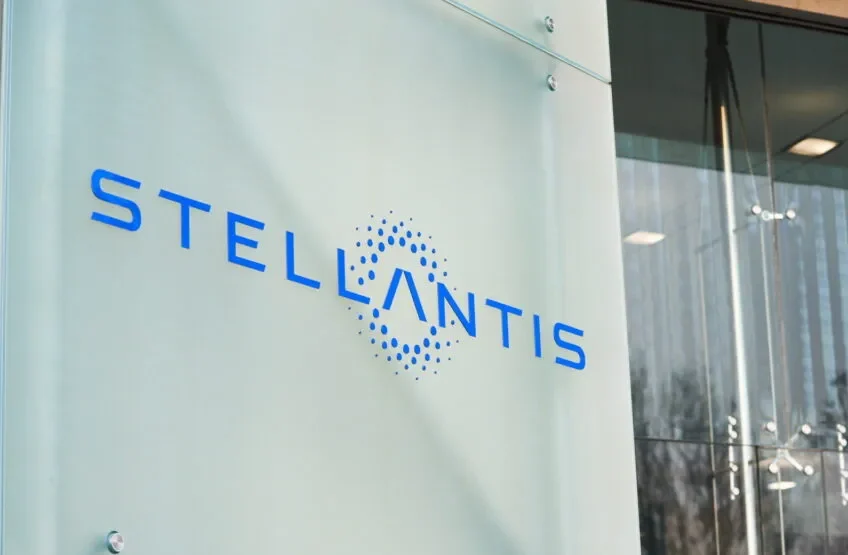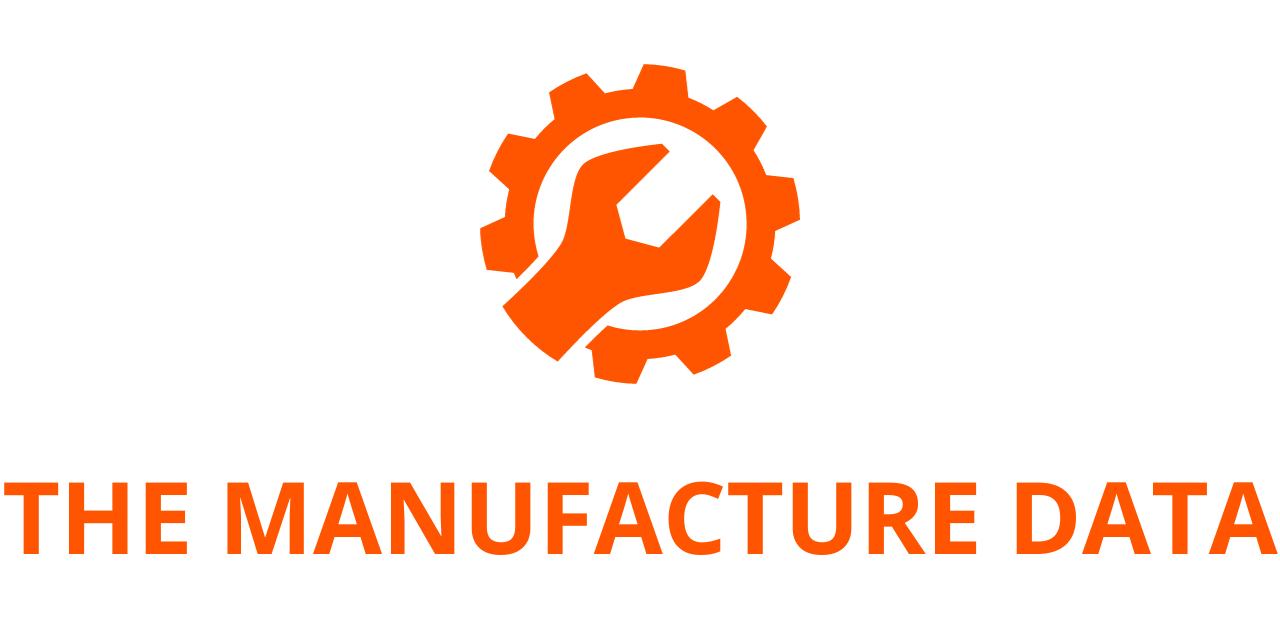
Stellantis Reports Strong Q3 2025 Shipment Growth, Driven by North America and Europe
Stellantis N.V. today announced its estimated consolidated shipments for the third quarter of 2025, reflecting a robust performance across multiple regions. The term “shipments” refers to the total volume of vehicles delivered to dealers, distributors, or directly to retail and fleet customers, a key metric that directly contributes to the company’s revenue recognition.
For the three months ending September 30, 2025, Stellantis delivered an estimated 1.3 million units globally, representing a 13% increase compared to the same period in 2024. This performance highlights the company’s ongoing recovery and growth in key markets, particularly in North America, Europe, and the Middle East & Africa.
North America Leads the Growth
North America was the primary contributor to the overall shipment increase, posting a remarkable year-over-year growth of 35%, which equates to approximately 104,000 additional units compared to Q3 2024. This surge was supported by the initial deliveries of the HEMI® V8-powered Ram 1500, adding significant momentum to the region’s performance.
The strong rebound in North America is largely attributed to normalized inventory dynamics following the prior year’s inventory reduction initiative, which temporarily limited production. With inventory levels now stabilized, Stellantis has been able to meet rising demand more effectively, resulting in a substantial increase in shipments. This performance underscores the resilience of Stellantis’ North American operations and the appeal of its refreshed product lineup, including both passenger vehicles and light trucks.
Europe Shows Solid Progress
Enlarged Europe also contributed positively, with shipments rising approximately 38,000 units, an 8% increase compared to Q3 2024. The region’s growth was primarily driven by the ramp-up of production for newly introduced B-segment “Smart Car” platform vehicles, including the Citroën C3, Citroën C3 Aircross, Opel Frontera, and Fiat Grande Panda. These vehicles were not in production during the prior year period, and their introduction added meaningful volume to Stellantis’ European shipments.
However, the benefits of this production increase were partially offset by a decline in Light Commercial Vehicle (LCV) shipments and lower deliveries in certain high-volume countries. Despite these offsets, the region maintained a steady overall growth trajectory, reflecting successful product launches and ongoing demand in key markets.
Middle East & Africa and South America Performance
Across Stellantis’ other markets, shipments increased by approximately 10,000 units overall, equating to a 3% growth year-over-year. The Middle East & Africa region was a key driver of this improvement, delivering a 21% increase in shipments, or roughly 16,000 additional units. This growth was primarily fueled by rising demand in Algeria, where local production of FIAT vehicles continues to expand, as well as favorable market conditions in Türkiye and Egypt.
In contrast, South America experienced a modest 3% decline in shipments, with deliveries decreasing by approximately 7,000 units compared to Q3 2024. This slight reduction is primarily due to an unusually high comparison base in the prior year, when shipments in Brazil recovered from delays caused by the Q2 2024 flooding in Rio Grande do Sul. Despite this minor decline, South America remains an important market for Stellantis, with strong underlying demand and ongoing production initiatives.
Outlook and Strategic Implications
The Q3 2025 shipment results demonstrate Stellantis’ ability to capitalize on market recovery, successfully introduce new vehicles, and respond to evolving customer demand across diverse regions. North America’s significant rebound highlights the benefits of balanced inventory management and the strong appeal of flagship models such as the Ram 1500. Meanwhile, Europe’s growth underscores the company’s strategic focus on expanding its B-segment “Smart Car” portfolio, which is gaining traction with consumers.
Looking ahead, Stellantis remains committed to leveraging its global footprint, robust production capabilities, and innovative vehicle lineup to sustain momentum across all markets. By balancing production ramps, regional expansion, and product innovation, the company aims to continue driving revenue growth and strengthening its position in the global automotive industry.




